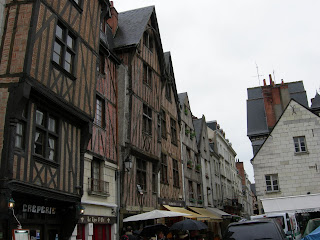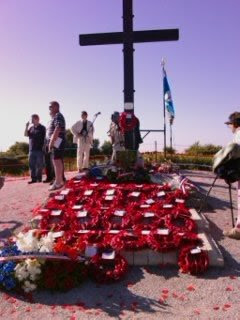

 This was one of the most peaceful places that I went in all my travels. I was lucky that the weather was good, and it was lovely just to walk around this beautiful site with no sense of rush, or pressure of any kind. Everywhere, there was an atmosphere of quiet, prayer and respect, and I did not know then how hard these things would be to find in some other places.
This was one of the most peaceful places that I went in all my travels. I was lucky that the weather was good, and it was lovely just to walk around this beautiful site with no sense of rush, or pressure of any kind. Everywhere, there was an atmosphere of quiet, prayer and respect, and I did not know then how hard these things would be to find in some other places.















































